Oligopotent Stem Cells
Oligopotent stem cells are identified by their propensity to differentiate into a limited range of cell types, and often easier to isolate from adult tissue sources. Oligopotent stem cells tend to be found in adult tissues, such as bone marrow or the thymus, and they can differentiate into at least one, but usually no more than four, cell types. Examples of cell types that oligopotent stem cells might differentiate into include erythrocytes, leukocytes, platelets, and neurons. Though oligopotent stem cells are not as versatile as pluripotent stem cells, they still provide an important source of new cell types and can be used for various regenerative medicine purposes. One of the main benefits of oligopotent stem cell research and its applications is their usefulness in tissue regeneration and repair, as the oligopotent stem cell types often rely on in the body’s natural healing process. Oligopotent stem cells can be used to regenerate tissue and potentially restore functionality in specific organs or tissue types. Oligopotent stem cells also show promise for their potential to help treat diseases. The stem cells can be genetically modified with desired traits, and used as a treatment for conditions such as cancer and degenerative diseases. Oligopotent stem cells have already been used in clinical trials to restore vision in people living with degenerative vision loss. Finally, oligopotent stem cells have an important role in the scientific research community. First, oligopotent stem cells are a key tool in helping scientists better understand the processes of development, disease, and tissue regeneration.
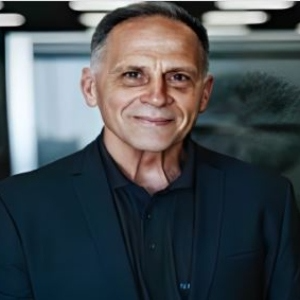
Ken Ware
NeuroPhysics Therapy Institute, Australia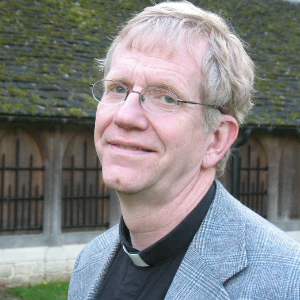
Robert B Slocum
University of Kentucky HealthCare, United States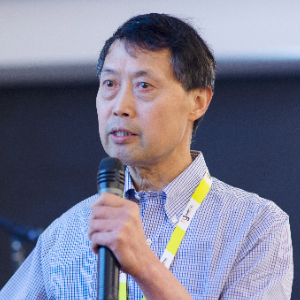
Yong Xiao Wang
Albany Medical College, United States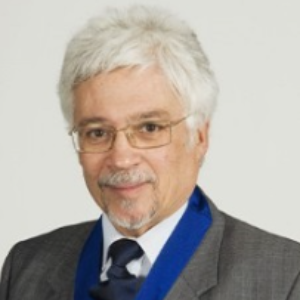
W S El Masri
Keele University, United Kingdom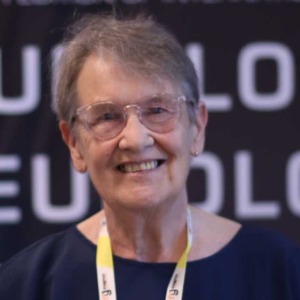
Jaqueline Tuppen
COGS Club, United Kingdom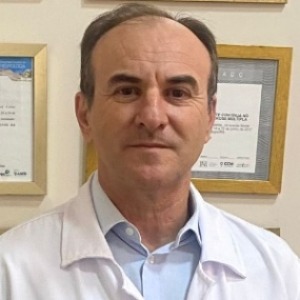
Milton Cesar Rodrigues Medeiros
Hospital Santa Casa de Arapongas, Brazil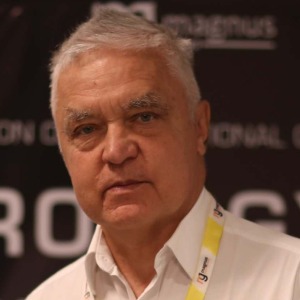




Title : Perception and individuality in patient cases identifying the ongoing evolution of Myalgic Encephalomyelitis/Chronic Fatigue Syndrome (ME/CFS)
Ken Ware, NeuroPhysics Therapy Institute, Australia
Title : Narrative medicine: A communication therapy for the communication disorder of Functional Seizures (FS) [also known as Psychogenic Non-Epileptic Seizures (PNES)]
Robert B Slocum, University of Kentucky HealthCare, United States
Title : Rabies: Challenges in taming the beast
Alan C Jackson, University of Calgary, Canada
Title : Neuro sensorium
Luiz Moutinho, University of Suffolk, United Kingdom
Title : Traumatic Spinal Cord Injuries (tSCI) - Are the radiologically based “advances” in the management of the injured spine evidence-based?
W S El Masri, Keele University, United Kingdom
Title : Personalized and Precision Medicine (PPM), as a unique healthcare model through biodesign-driven biotech and biopharma, translational applications, and neurology-related biomarketing to secure human healthcare and biosafety
Sergey Victorovich Suchkov, N.D. Zelinskii Institute for Organic Chemistry of the Russian Academy of Sciences, Russian Federation